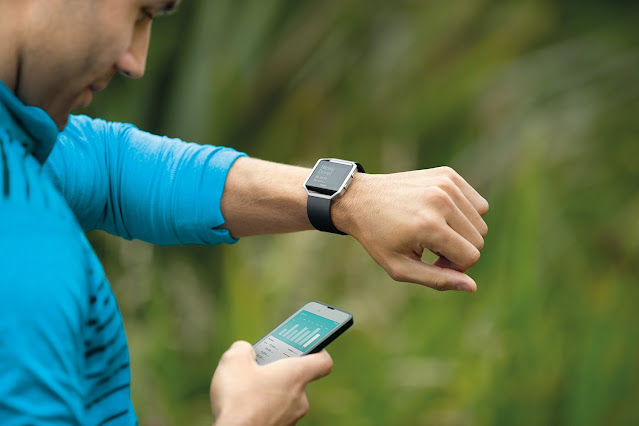Smart Fitness is Estimated to Witness High Growth Owing to Increasing Health Awareness
Smart fitness products provide users with advanced features like heart rate monitoring, activity/sleep tracking and integrated apps/software. These products enable users to closely monitor their health indicators and fitness levels. Growing health issues like obesity have boosted awareness regarding fitness, diet and exercise. According to the World Health Organization, over 1.9 billion adults were overweight in 2016, out of which over 650 million were obese. Rising obesity has increased demand for smart wearables and equipment that makes fitness monitoring convenient.
The global smart fitness market is estimated to be valued at US$ 18979.05 Mn in 2023 and is expected to exhibit a CAGR of 10% over the forecast period 2023 to 2030, as highlighted in a new report published by Coherent Market Insights.
Market Dynamics:
One of the key drivers for the growth of the global smart fitness market is
increasing health awareness. Issues like obesity, diabetes, blood pressure etc
have increased significantly over the years due to sedentary lifestyles and
junk food consumption. This has boosted health consciousness among consumers.
Smart fitness products provide easy access to critical health data and metrics
which help users measure progress towards their fitness goals. For example,
smart watches and bands equipped with advanced sensors can closely monitor
heart rate, calories burned, steps count etc on a real time basis. Devices are
further integrated with apps/software that offer customized workout routines,
diet plans and health coaching. Such comprehensive features and convenience
offered by smart products is driving their demand.
Growing digitization and the expanding e-commerce industry have also augmented
the sales of smart fitness equipment and wearables globally. Online platforms
provide a wider selection of products along with discounted prices and delivery
at doorstep. The availability of virtual classes, online coaching via
integrated apps on equipment has further spurred the popularity of connected
devices and equipment during the lockdowns induced by the Covid-19 pandemic.
SWOT ANALYSIS
Strength: The global smart fitness market has gained popularity due to growing
health and wellness trends and increasing disposable income. Wearable fitness
devices provide real-time health updates and help monitor calories burned and
heart rate. Smart fitness equipment allows customized workouts and virtual
training sessions help improve strength and endurance.
Weakness: High costs associated with smart fitness products often limit their
adoption. Heavy reliance on smartphone connectivity can affect user experience.
Lack of compatibility issues between devices from different brands frustrate
users. Data privacy and security concerns remain a key challenge.
Opportunity: Growing popularity of connected devices and IoT in healthcare
presents significant opportunities. Rise in preventive healthcare approach
expands scope. Leveraging AI and data analytics can enhance user experience.
Collaborations with gyms and health clubs boost customer acquisition.
Threats: Traditional fitness equipment providers pose strong competition.
Customers may lose interest quickly or prefer other forms of exercises. Fast
changing technology landscape requires continuous innovations. Regulatory
uncertainties and compliance issues affect long term planning.
Key Takeaways
The Global
Smart Fitness Market Size is expected to witness high growth over the
forecast period supported by increasing health awareness and growing tech-savvy
population. The global smart fitness market is estimated to be valued at US$ 18979.05 Mn in 2023 and is expected
to exhibit a CAGR of 10% over the forecast period 2023 to 2030.
Regionally, North America currently holds the largest share
driven by high penetration of connected devices and strong consumer spending on
innovative fitness products. Asia Pacific is expected to witness fastest growth
on back of rising middle class population and adoption of premium wellness
offerings in major countries like China and India. Countries like Japan, South
Korea and Australia are also early adopters of innovative fitness technologies
thus contributing considerably to regional revenues. North America currently
dominates global revenues driven by high consumer spending abilities and
continuous technological advancements.
Key players operating in the global smart fitness market are Bank of China,
China Development Bank, European Investment Bank, Natixis, Societe Generale,
Iberdrola, Banco Santander, Abu Dhabi Islamic Bank, KfW, BNP Paribas,
UniCredit, Credit Agricole, DBS Bank, Standard Chartered, NatWest Group. These
players are focusing on product innovation, partnerships, and digitization
initiatives to expand customer reach and strengthen market position.
https://www.marketwebjournal.com/smart-fitness-market-share/



Comments
Post a Comment